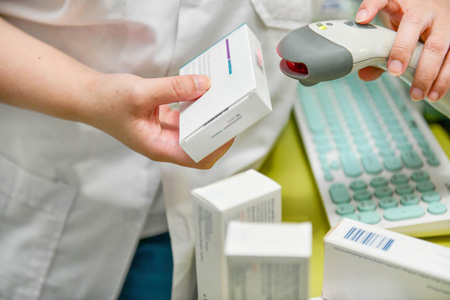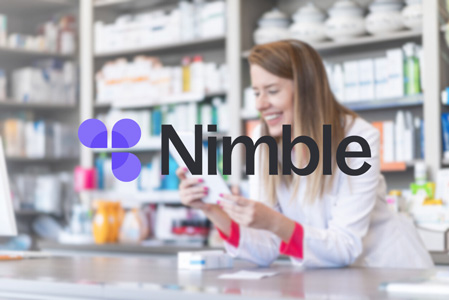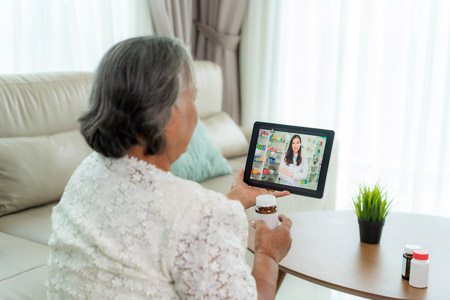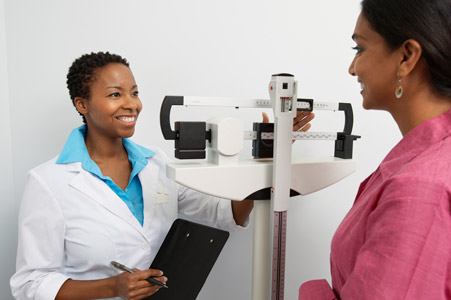


Independent Pharmacies as Catalysts for Enhanced Patient-Provider Collaboration
Your patients’ lives are complicated — but staying healthy shouldn’t be. And yet, today’s patients often have to contend with complex medical systems, barriers to specialist visits, longer waits for care, and complicated insurance rules.
To combat this rise of complexity in the healthcare sector, the practice of patient-centered care has become increasingly popular. A core component of patient-centered care lies in the collaboration of pharmacists and general healthcare practitioners. These intentional connections between pharmacists and doctors can be incredible catalysts for enhanced patient-provider collaboration — and ultimately improved patient outcomes.
In this article, we’ll explore how pharmacies can help boost collaboration between patients and their doctors.
Shifting Patient Expectations for Getting Care
Many Americans find it difficult to navigate the healthcare system — or simply reduce their visits to practitioners because of financial constraints. Pharmacists are probably the medical professionals that patients interact with most often, with many patients seeing their pharmacist at least every few months once it’s time to refill their medication.
On top of confusion around system complexities and financial concerns, today’s patients are also incredibly busy with more than ever before on their plates. So, to address gaps in care and put the patient first for convenience that leads to better health outcomes, patient-centered care has become more popular.
Simply put, patient-centered care stems from integrated care, which is a way to coordinate health services to address better a patient’s physical, mental, behavioral, and social needs.
Expanding upon that concept, the Centers for Medicare & Medicaid Services defines patient-centered care as “integrated health care services delivered in a setting and manner that is responsive to individuals and their goals, values, and preferences, in a system that supports good provider-patient communication and empowers individuals receiving care and providers to make effective care plans together.”
This means that rather than patients fitting into a system’s structure, the structure of care fits the patients’ needs. This unique structure presents a fantastic opportunity for pharmacies to play a bigger role in delivering care and improving health outcomes.
How Pharmacies Can Enhance Collaboration Across Healthcare Systems
Given that patients already frequent pharmacies more often than they would a doctor’s office or lab, they present ideal physical locations for centralizing the services patients need to stay healthy.
If a patient has a chronic condition that requires frequent testing, precise medication dispensing, and injections just think about how a pharmacy could reduce the many, many trips that patient would have to take if all of those services were brought under one roof.
Additionally, patients may struggle to convey how they’re reacting to treatments when it comes to annual physicals. Alternatively, with pharmacists playing a larger role and offering more services, patients can provide ongoing feedback about their treatments on a more regular basis and pharmacists can report back to physicians and work together to perfect treatment plans together.
Ultimately, any time patients can have multiple advocates and medical professionals working with them to ensure adherence, address symptoms, and provide consultations they’ll be much happier — and likely healthier.
If you’re interested in having your pharmacy play a larger role in delivering care to patients and offering more services, learn how Nimble can help you establish new revenue streams that open up a world of possibilities, today.


.jpg)
.jpg)
.jpg)


















.jpg)





















.jpg)

















.jpg)


























.jpg)
.jpg)
.jpg)









